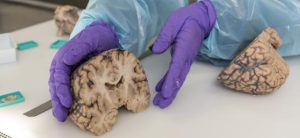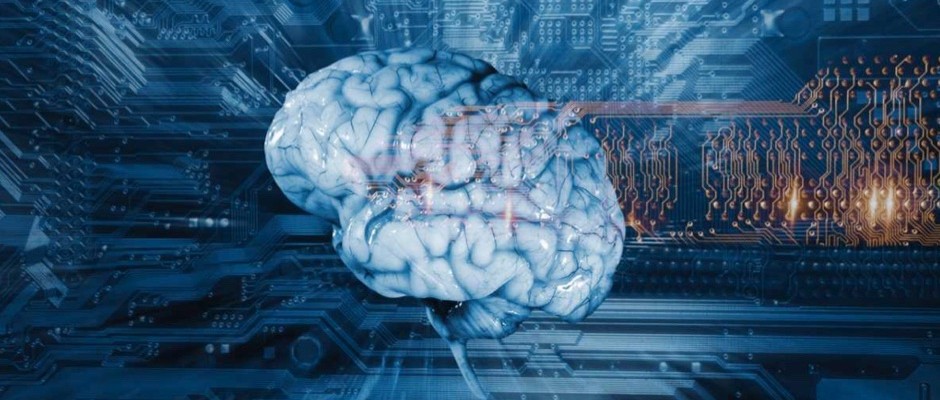Introduction
In the realm of scientific inquiry, the convergence of biocomputing and brain-like tissue represents a revolutionary stride towards the intersection of biological systems and computational prowess. At its core, this amalgamation delves into the emulation of the human brain’s intricacies through the creation of brain-like tissue, fostering a new frontier that promises unparalleled advancements in computing, healthcare, and artificial intelligence. This synergy transcends conventional boundaries, propelling us into an era where the marriage of biology and technology offers unprecedented possibilities, reshaping the landscape of innovation and discovery.
Understanding Brain Like Tissue
At the heart of this revolutionary concept lies brain-like tissue, often referred to as organoids or neural networks. These structures mimic the complexity of the human brain, comprising interconnected neurons that communicate and process information akin to their biological counterparts. Developed from stem cells, these miniature models exhibit remarkable similarities to the human brain’s functionality.
Merging Biology and Computing
Biocomputing, an interdisciplinary field, amalgamates biological components with computational systems. The amalgamation of brain-like tissue with computing platforms presents an avant-garde approach to problem-solving, drawing inspiration from the brain’s efficiency and adaptability.

Applications and Potential Advancements
Neuromorphic Computing
Brain-like tissue integration into computing systems has spurred the emergence of neuromorphic computing. These systems, inspired by neural architectures, possess the potential for unprecedented computational power and efficiency. Neuromorphic chips simulate the brain’s synaptic connections, offering unparalleled capabilities in pattern recognition, learning, and adaptation.
Biomedical Innovations
The integration of brain-like tissue into biocomputing opens vistas for transformative healthcare solutions. These innovations range from personalized medicine and drug testing to the study of neurological disorders. Organoids facilitate the study of brain diseases in ways previously unattainable, enabling targeted therapies and accelerating drug discovery.
Cognitive Computing and AI
Leveraging brain-like tissue in artificial intelligence (AI) and cognitive computing revolutionizes machine learning algorithms. These systems can potentially exhibit human-like cognitive abilities, learning patterns and adapting dynamically. The fusion of biological elements with AI holds promises in creating more empathetic and context-aware technologies.
Biohybrid Devices
The marriage of brain-like tissue with electronic components leads to the development of biohybrid devices. These devices seamlessly integrate living neurons with silicon-based technology, opening doors to innovative bioelectronic interfaces, brain-computer interfaces (BCIs), and neuroproteins.

Challenges and Ethical Considerations
While the integration of brain-like tissue into biocomputing heralds a transformative future, it also raises significant ethical and technical challenges. Questions regarding the ethical use of neural tissue, its manipulation, and the boundaries of consciousness are paramount. Additionally, ensuring the reliability and stability of these systems presents technical hurdles that necessitate rigorous exploration.
Conclusion
The union of biocomputing and brain-like tissue is poised to redefine technological landscapes. Its multifaceted applications span across computing, healthcare, and artificial intelligence. However, the ethical and technical considerations must be navigated prudently to harness its full potential while ensuring responsible and ethical innovation. This pioneering synergy between biology and computation offers a tantalizing glimpse into a future where the boundaries between living systems and machines blur, revolutionizing how we perceive, interact with, and harness the power of technology. By continuously advancing research, fostering interdisciplinary collaborations, and addressing ethical concerns, this amalgamation stands to shape a future where technology not only augments our capabilities but also harmoniously integrates with the intricacies of life itself.




